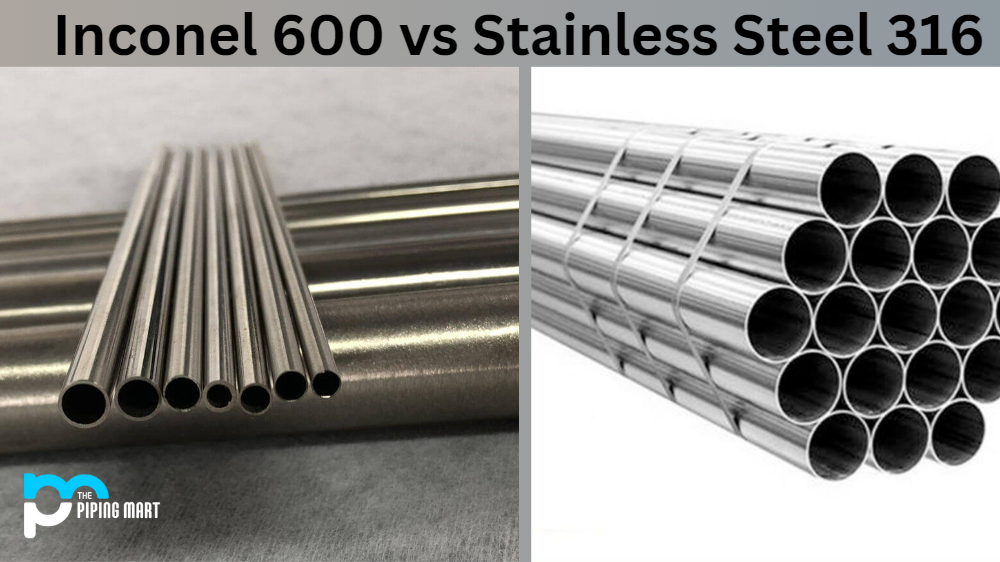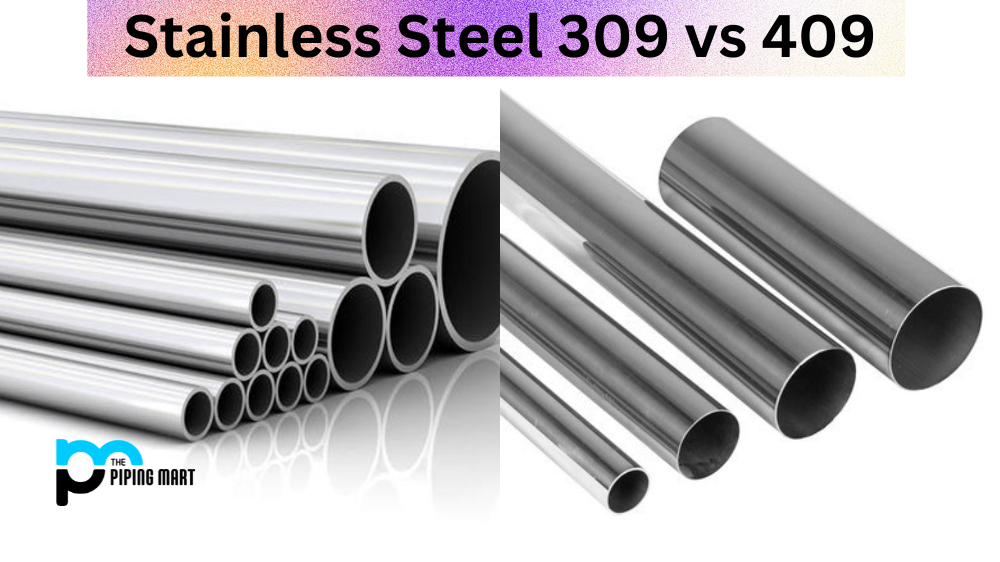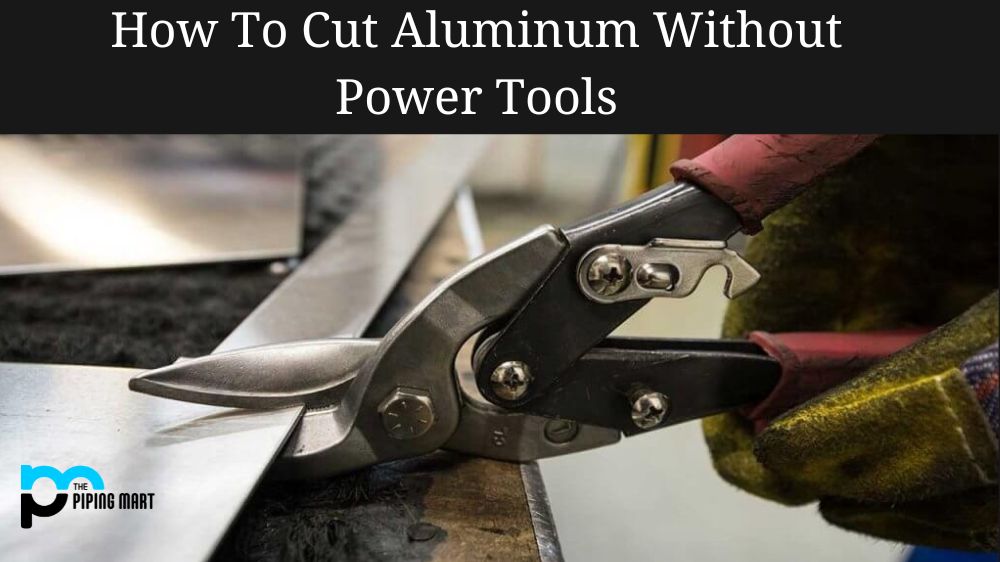In many industrial applications, selecting a suitable material to use is essential in ensuring the success of a project. Materials like Inconel 600 and Stainless Steel 316 often come into play in high-temperature environments. Both materials offer unique properties that make them suitable for various applications, but what sets them apart? In this article, we’ll compare Inconel 600 and Stainless Steel 316 to help you understand their differences better.
Difference Between Inconel 600 and Stainless Steel 316
Composition
Inconel 600 is a high-nickel alloy that contains around 76% nickel, 15% chrome, and small amounts of copper, iron, and manganese. This chemical composition gives Inconel 600 higher strength and better corrosion resistance, especially in high-temperature environments. On the other hand, Stainless Steel 316 is an austenitic alloy that contains around 16% chrome, 10% nickel, and small amounts of molybdenum and carbon. This composition helps Stainless Steel 316 to resist corrosion caused by acids and high-chloride environments.
Strengths
Inconel 600 is well known for its high strength and toughness; it is often used in extreme environments, such as the petrochemical, aerospace, and heat exchanger industries. This material can maintain power and resist oxidation at temperatures up to 2000°F. On the other hand, Stainless Steel 316 has excellent corrosion and oxidation resistance, but it’s not as strong as Inconel 600, especially in high-temperature applications.
Cost
The cost of these materials differs considerably, making it crucial to consider the project’s budget and requirements. Inconel 600 is one of the most expensive alloys due to its high nickel content, which makes it suitable for demanding applications. On the other hand, stainless steel 316 is relatively cheaper, making it ideal for simple applications and projects with cost restrictions.
Applications
Both Inconel 600 and Stainless Steel 316 have unique properties that make them ideal for different applications. Inconel 600 is often used in high-temperature environments such as turbines, heat exchangers, aerospace industries, and chemical processing plants. Its high strength and resistance to oxidation and corrosion make it ideal for these applications. On the other hand, Stainless Steel 316 is often used in medical and food processing industries due to its resistance to corrosion caused by acids and high-ph environments.
Machinability
Machinability is an essential factor when choosing materials for a project. Inconel 600 is relatively challenging to machine due to its high nickel content and hardness. Machining Inconel 600 requires carbide tools and cooling lubricants, which can increase the overall cost of a project. On the other hand, Stainless Steel 316 is more accessible to machines and requires less cooling fat, saving time and money in the long run.
Other Differences
- Inconel 600 is an alloy composed of nickel, chromium and iron. It offers a combination of high strength and good corrosion resistance.
- Stainless steel 316 is an alloy composed of chromium, nickel and molybdenum. It offers a combination of high strength and good corrosion resistance.
- Inconel 600 has a higher melting point than stainless steel 316, making it more resistant to high temperatures.
- Stainless steel 316 has a higher chromium content than Inconel 600, making it more corrosion-resistant.
- Inconel 600 is more expensive than stainless steel 316.
- Stainless steel 316 is more widely available than Inconel 600.
- Inconel 600 is better suited for applications that require high temperatures, while stainless steel 316 is better suited for applications that require corrosion resistance.
Conclusion
Choosing between Inconel 600 and Stainless Steel 316 depends on the project’s specific requirements. Both materials offer unique properties that make them suitable for different applications. Inconel 600 is an excellent choice for high-temperature environments, while Stainless Steel 316 is ideal for applications that involve exposure to acids and high-ph environments. Cost, availability, and machinability should also be considered when deciding. It’s always best to consult a professional to ensure that suitable material is chosen for your project.

Abhishek is a seasoned blogger and industry expert, sharing his insights and knowledge on various topics. With his research, Abhishek offers valuable insights and tips for professionals and enthusiasts. Follow him for expert advice on the latest trends and developments in the metal industry.




